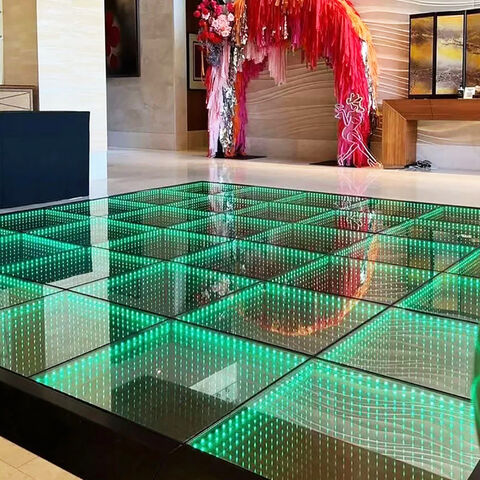Selecting the right components for constructing a long-lasting and safe outdoor performance floor is essential for guaranteeing an enjoyable experience. Outdoor dance floors must withstand diverse weather conditions while providing a stable surface for performers and participants. Thus, it is important to evaluate factors such as material durability, safety features, and maintenance demands when making selections. This article will explore several suitable materials and their advantages in designing an outdoor dance floor.
One common option for exterior dance floors is timber. Lumber offers a classic and warm aesthetic that many find appealing. Hardwoods like beech or ash are particularly preferred due to their strength and ability to cushion shock, which can protect dancers’ joints. Additionally, wood has natural slip-resistant properties when finished correctly, reducing the risk of accidents. However, maintaining a timber dance floor requires routine coating and resurfacing to protect it from moisture and ultraviolet damage, making it essential to consider the climate in which the floor will be placed.

Another viable alternative is synthetic composites, which blend wood fibers with plastic. These composites are engineered to be resistant to humidity, mildew, and fading from sunlight. Composite dance floors provide longevity comparable to traditional wood without the extensive maintenance. They are less susceptible to distortion and cracking than wooden floors when subjected to extreme environmental conditions. Furthermore, composite materials often have integrated anti-slip properties, making them a more secure selection for outdoor events.
For those seeking a more contemporary approach, modular tiles made of polyvinyl chloride or rubber are excellent options. These tiles are designed for hassle-free installation and can be rearranged or replaced as required. The versatility of using interlocking tiles permits rapid setup and breakdown, making them ideal for short-term dance events or festivals. Additionally, these flooring types provide shock absorption that improves comfort while dancing and minimizes click here for info the risk of injuries caused by falls. The sealed nature of PVC and rubber also inhibits water absorption, further prolonging the life of the flooring.
Finally, it is crucial to evaluate the site and planned use of the outdoor dance floor when choosing materials. For instance, if the dance floor will be situated in a high-traffic area or exposed to inclement weather frequently, choosing robust surfaces that require low upkeep will be important. On the other hand, for lighter use or in more protected areas, less heavy options may be adequate. In any case, emphasizing safety features such as traction and shock you can try here absorption should stay at the forefront of planning.
In conclusion, building a durable and safe outdoor dance floor involves careful consideration of various materials suited for different settings and applications. Timber provides classic beauty but demands consistent care; engineered composites blend aesthetics with resilience; modular flooring offer versatility and convenience. At the end of the day, identifying the unique requirements of the dance floor's planned use will guide decision-making toward choosing the most appropriate material for an enjoyable and safe dancing experience outdoors.